When it comes to designing or renovating a kitchen, one of the most crucial components is the sink. Kitchen sinks are used for various tasks like washing dishes, cleaning vegetables, and even filling pots with water. Therefore, selecting the right kitchen sink is important to make your kitchen functional and aesthetically appealing. In this article, we will cover everything you need to know about kitchen sinks to help you make an informed decision.
Table of Contents
1.Types of Kitchen Sinks
- Undermount Sink
- Top-mount Sink
- Farmhouse SinkBar Sink
- Corner Sink
- Double-Bowl Sink
- Single-Bowl Sink
2. Materials Used for Kitchen Sinks
- Stainless Steel
- Porcelain Enamel
- Cast Iron
- Copper
- Granite Composite
- Fireclay
- Acrylic
3. Kitchen Sink Size
4. Kitchen Sink Installation
5. Kitchen Sink Maintenance
6. Kitchen Sink Accessories
7. Kitchen Sink Trends
8. Conclusion
9. FAQs
Types of Kitchen Sinks
When choosing a kitchen sink, it's important to consider the type of sink that will work best for your needs. Here are the most common types of kitchen sinks available on the market:
Undermount Sink
Undermount sinks are installed under the countertop, giving a seamless look to the kitchen. These sinks are easy to clean as there are no crevices or lips to trap dirt or debris. Undermount sinks are usually made of stainless steel, but they are also available in other materials like granite composite and porcelain enamel.
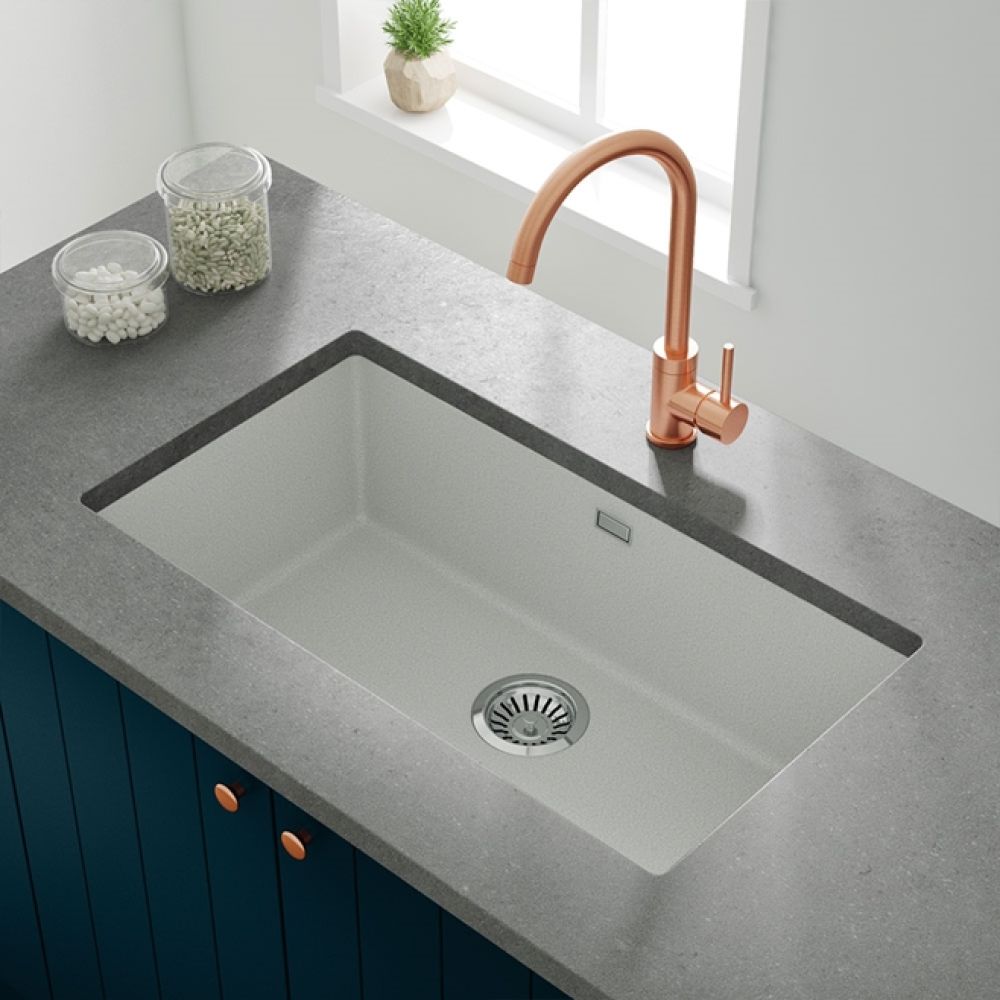
Top-mount Sink
Top-mount sinks, also known as drop-in sinks, are installed on top of the countertop. They have a rim that overlaps the countertop, making them easy to install. Top-mount sinks are available in various materials, including stainless steel, cast iron, and porcelain enamel.
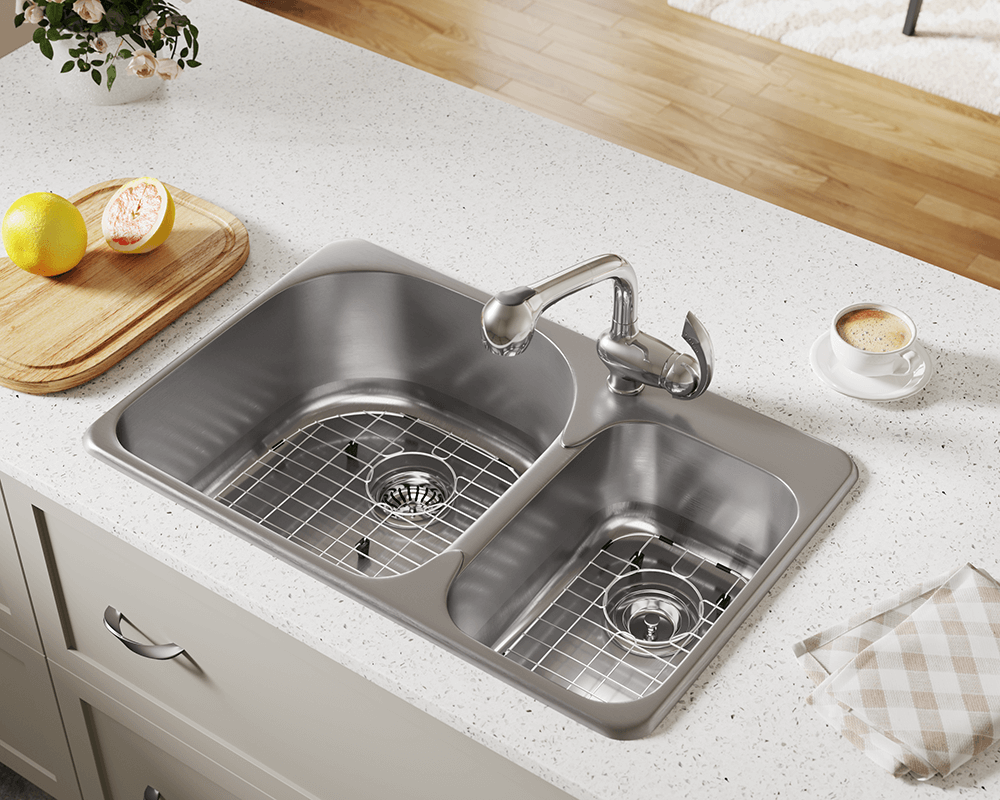
Farmhouse Sink
Farmhouse sinks, also called apron front sinks, have a large, exposed front panel that protrudes from the countertop. They are available in various materials like fireclay, copper, and stainless steel, and are ideal for large kitchens with plenty of counter space.
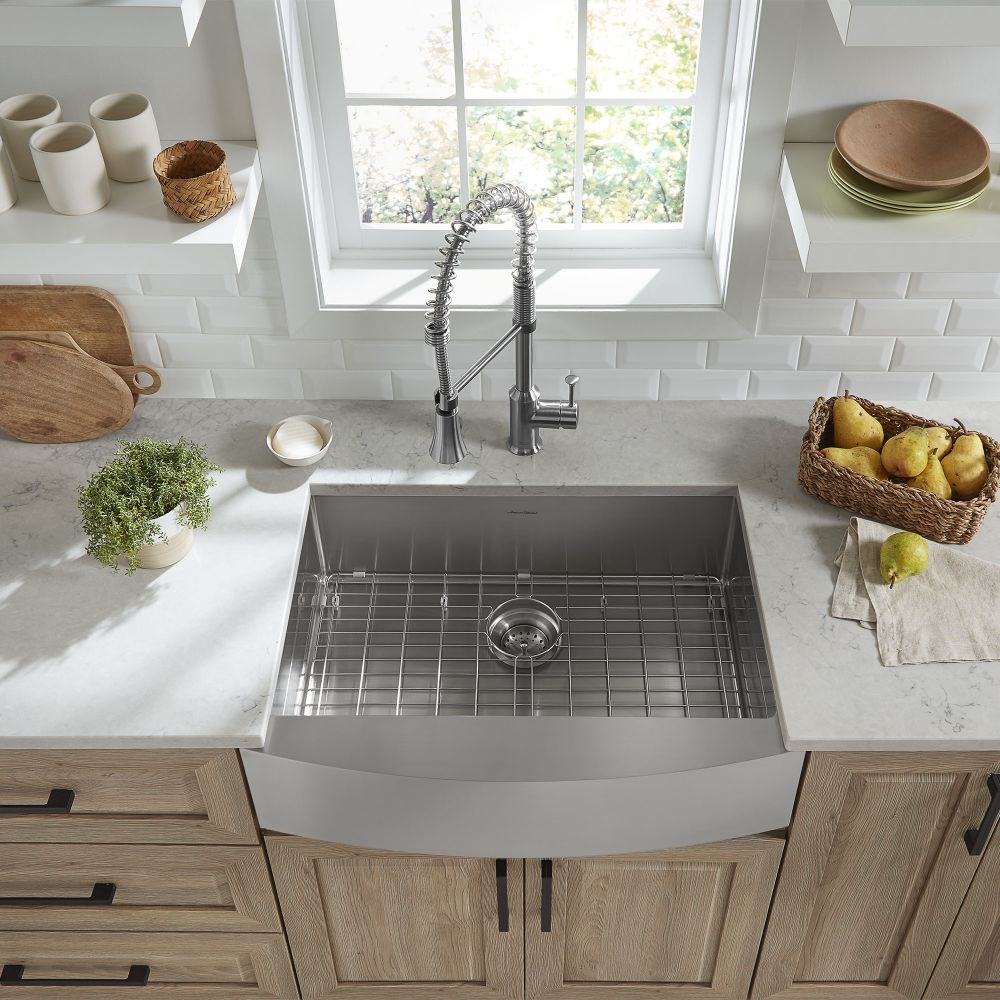
Bar Sink
Bar sinks are smaller than standard kitchen sinks and are designed for use in bars or prep areas. They are available in various materials, including stainless steel and copper.
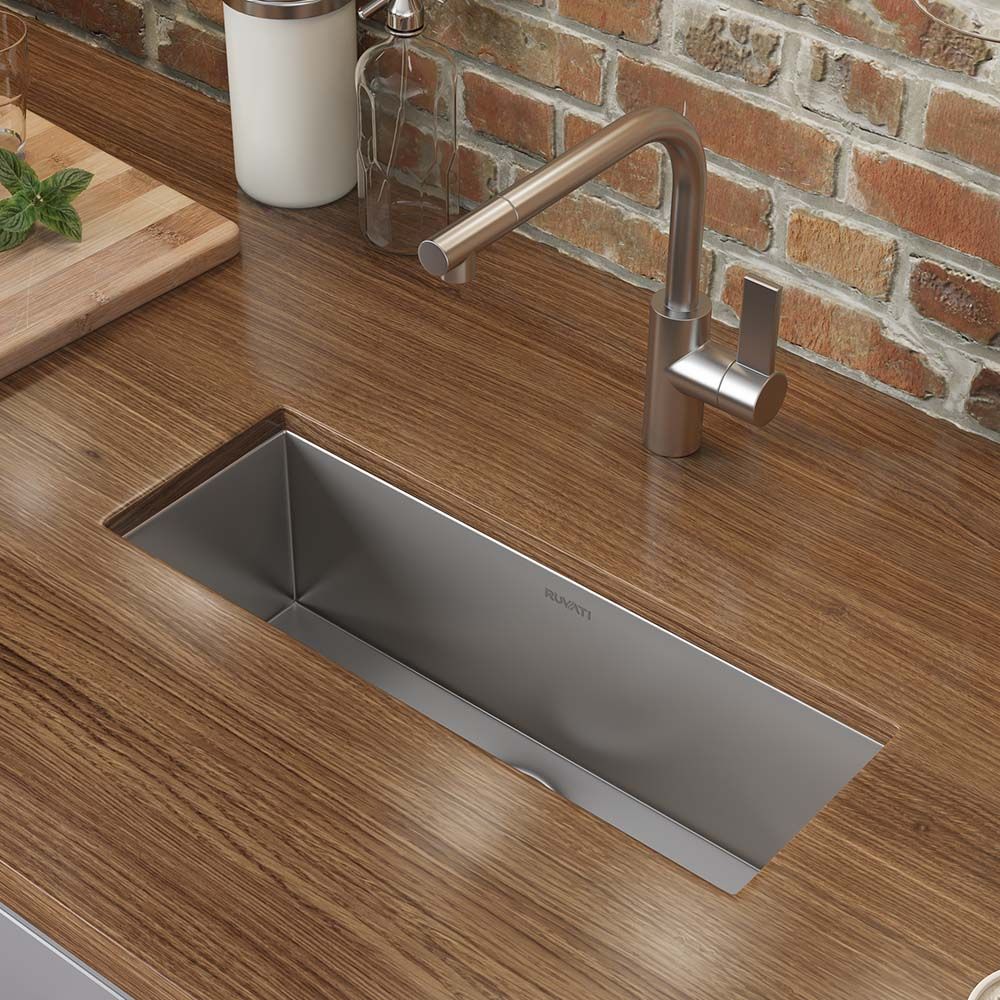
Corner Sink
Corner sinks are designed to fit into a corner of the kitchen, maximizing the use of space. They are available in various materials like stainless steel, porcelain enamel, and granite composite.

Double-Bowl Sink
Double-bowl sinks have two separate bowls, making them perfect for multitasking in the kitchen. They are available in various materials like stainless steel, cast iron, and porcelain enamel.
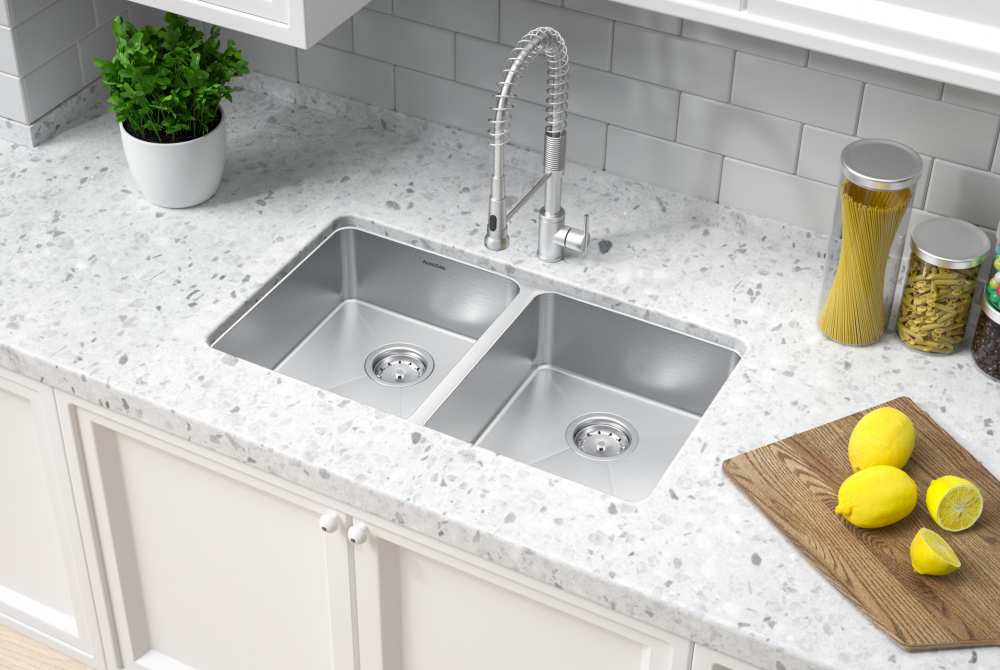
Single-Bowl Sink
Single-bowl sinks have only one large bowl, making them ideal for larger items like pots and pans. They are available in various materials like stainless steel, fireclay, and granite composite.
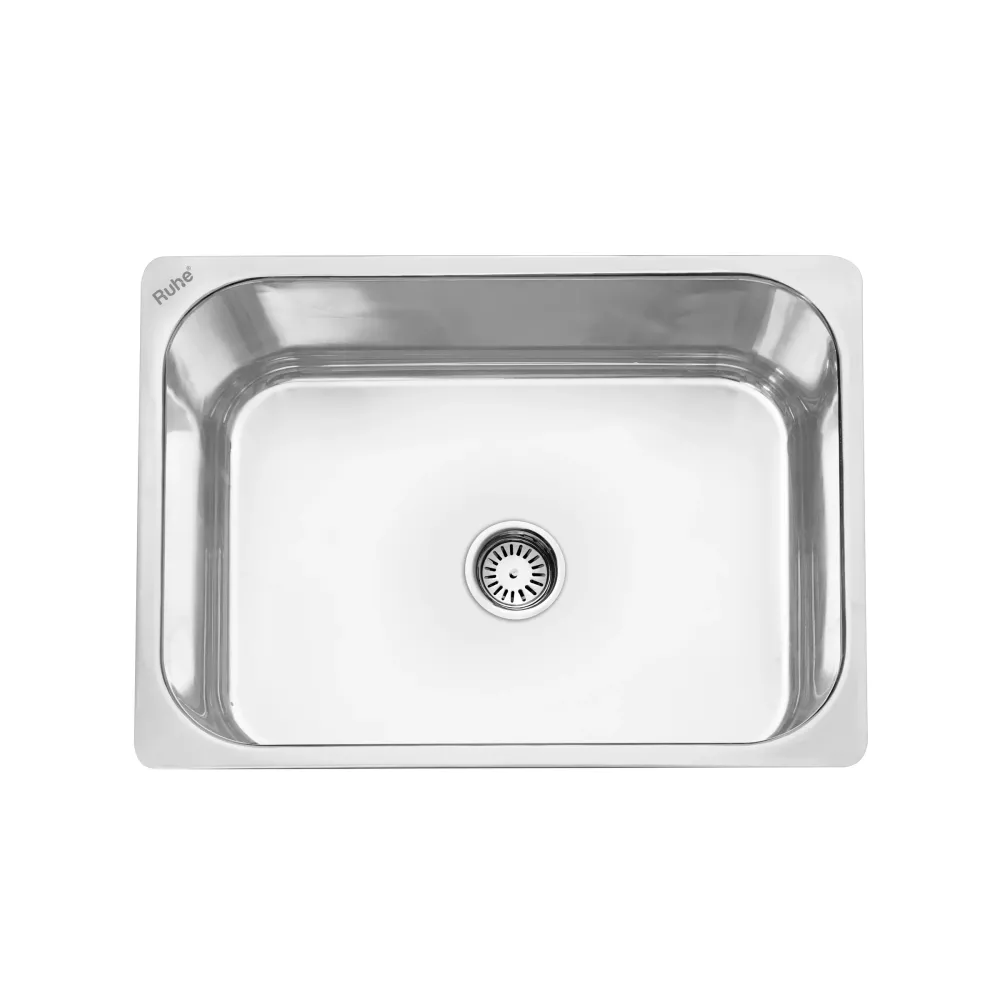
Materials Used for Kitchen Sinks
The material of the kitchen sink is another important factor to consider. Here are the most common materials used for kitchen sinks:
Stainless Steel
Stainless steel is the most popular material for kitchen sinks due to its durability, affordability, and easy-to-clean surface. Stainless steel sinks are available in various finishes, including brushed, polished, and satin.
Porcelain Enamel
Porcelain enamel sinks are made of cast iron with a layer of porcelain enamel. They are durable, easy to clean, and come in various colors and designs.
Cast Iron
Cast iron sinks are durable, heat-resistant, and come in various designs and colors. They are coated with enamel or porcelain to prevent rust and corrosion.
Copper
Copper sinks are aesthetically appealing and durable. They are available in various finishes, including smooth and hammered. However, copper sinks can be expensive and require regular maintenance.
Granite Composite
Granite composite sinks are made of crushed granite and resin. They are durable, scratch-resistant, and come in various colors and finishes. However, they can be expensive and heavy.
Fireclay
Fireclay sinks are made of clay and glaze. They are durable, scratch-resistant, and come in various colors and finishes. Fireclay sinks can be expensive but are ideal for a traditional or farmhouse-style kitchen.
Acrylic
Acrylic sinks are lightweight, easy to install, and come in various colors and designs. However, they are not as durable as other materials and can be prone to scratches and stains.
Kitchen Sink Size
The size of the kitchen sink depends on the size of the kitchen and the amount of counter space available. Standard kitchen sinks range in size from 22 to 30 inches in length and 14 to 18 inches in width. However, there are also larger sinks available for those who require more space.
Kitchen Sink Installation
Kitchen sinks can be installed in various ways, depending on the type of sink and the countertop. Some sinks require an undermount installation, while others require a top-mount installation. It's important to hire a professional plumber to install the sink to ensure that it is done correctly.
Kitchen Sink Maintenance
To keep your kitchen sink clean and in good condition, it's important to clean it regularly with mild soap and water. Avoid using abrasive cleaners or scouring pads as they can scratch the surface of the sink. For tougher stains or buildup, a mixture of baking soda and water can be used. It's also important to keep the sink dry after each use to prevent water stains.
Kitchen Sink Accessories
There are various accessories available for kitchen sinks to make them more functional and efficient. Some popular accessories include:
- Sink grids: These are metal grates that sit in the bottom of the sink to prevent scratches and dents.
- Soap dispensers: These can be installed directly into the sink or countertop to provide easy access to soap.
- Cutting boards: These can be placed on top of the sink to provide a flat surface for cutting vegetables or fruits.
- Colanders: These can be placed inside the sink to rinse fruits and vegetables.
- Strainers: These can be placed in the sink drain to prevent food scraps from clogging the drain.
Kitchen Sink Trends
Some popular kitchen sink trends include:
- Black or dark-colored sinks
- Integrated drainboards
- Matte finishes
- Composite materials
- Large single-bowl sinks
Conclusion
Choosing the right kitchen sink is essential to ensure that your kitchen is functional and aesthetically pleasing. When selecting a sink, consider the type of sink, the material, the size, and the installation process. With proper maintenance and the right accessories, your kitchen sink can last for many years to come.
FAQs
What is the most popular material for kitchen sinks?
- Stainless steel is the most popular material for kitchen sinks due to its durability, affordability, and easy-to-clean surface.
What is the difference between an undermount sink and a top-mount sink?
- An undermount sink is installed under the countertop, giving a seamless look to the kitchen, while a top-mount sink is installed on top of the countertop with a rim that overlaps the countertop.
Can a kitchen sink be repaired if it is scratched or chipped?
- Yes, some materials like cast iron, fireclay, and porcelain can be repaired by professionals. However, it's important to take preventive measures like using sink grids and avoiding harsh cleaners to prevent damage in the first place.
How often should a kitchen sink be replaced?
- The lifespan of a kitchen sink depends on the material and how well it is maintained. On average, a high-quality sink can last 15-30 years. However, if the sink is damaged or outdated, it may be time for a replacement.
Are farmhouse-style sinks still popular?
- Yes, farmhouse-style sinks are still popular due to their classic and timeless design. They add a rustic charm to the kitchen and come in various materials and finishes to fit any style.